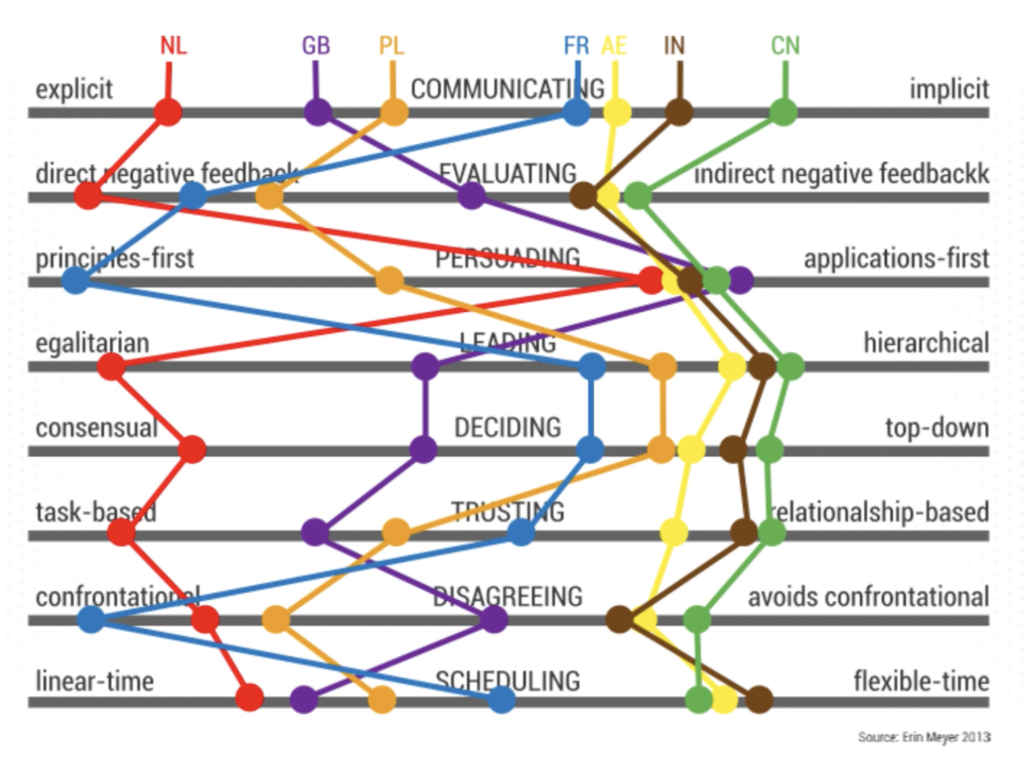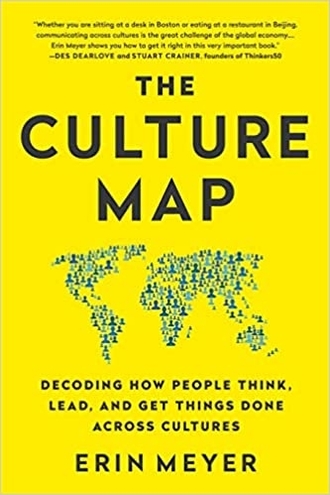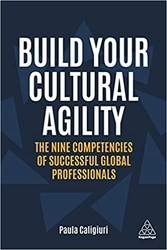Cultural Agility and Change
Summary
This topic explores the cultural differences that distinguish one nationality from another when faced with important change projects.
There are significant variations in the way people from different cultures perceive things and react to them.
This will affect the way in which you communicate about change and in how you will need to lead and manage it.
Comparing Cultural Dimensions
In her book “The Culture Map”, Erin Meyer uses these intercultural models and blends them with the differences in management and leadership tendencies.
By mapping out these dimensions in cultural practices, we can begin to see how these could influence the way in which we should address change, in teams that span across different countries.
The main dimensions explored and compared across cultures by the Culture Map are:
• Communication
• Evaluating
• Persuading
• Leading
• Deciding
• Trusting
• Disagreeing
• Scheduling (Time)
In the chart below, you can see how certain nationalities diverge and converge on each of these 8 dimensions:

Dialogue v Data
Edward T. Hall worked a lot on intercultural communication.
Based on his work, the following table illustrates what’s important when moving forward on intercultural change issues.
He observed that certain cultures prefer facts and data in their discussions around change.
In other cultures, it’s more about dialogue and establishing a relationship, before engaging in any decision about what needs to be modified.
Depending on the nationalities you are working with, ask yourself:
“Are you spending enough time on dialogue?
Are you providing enough data?”

6 Simple Tips
To help you succeed when dealing with intercultural change initiatives, remember to
- Be culturally agile!
- Always prepare your change. Take into-account the cultural dimensions of what might cause intercultural friction or opportunity and that might influence the change process.
- Compliment what you find out about intercultural characteristics with what you know about universal human reactions to change.
- Focus on desired and mutually acceptable outcomes while remaining open to the needs and challenges of the other nationalities.
- Combine your powers of listening and observation with your awareness of cultural differences, so that you can adjust your approach.
- Remain humble, empathetic and diplomatic in your exchanges regarding the transformation.
- Change is never easy and, if you’re not careful, differences can lead to emotional reactions being amplified. Show that you’re interested in your interlocutor’s culture, and invite your international collaborators to share their perceptions.
Take note of what you discover during the intercultural change journey, so that you can learn from the experience and be even more successful in the future.
Reflection
- Think about a past experience or situation when you have been either at the receiving end of change, or had to lead change in a cross-cultural setting.
- Compare your behaviours, beliefs and attitudes to those of the people you were working with who were from another culture.
- Use the information from Meyer’s and Hall’s table to analyze what differences existed and how you were able to manage this cultural difference. Ask yourself what you could have done differently.
(You can use the template in the Practice With Your Team Guide to help you).
Questions
- How much do I know about my own culture and how it influences my beliefs, behaviours and attitudes?
- What could I do to improve my self-awareness with respect to the cultural values and behaviours from the different cultures I work with?
- What are the challenges and opportunities (pros & cons) of my cultural values & behaviours in relation to the 8 Dimensions?
- What do I know about the cultures of the people I work with?
- What I could do to improve my knowledge of these cultures?
Further Exploration (Multicultural Teams)
As part of a series of topics on cross-cultural, change and team issues, we recommend you explore the following topics in the TXL resources library:
- “Managing multicultural teams remotely”
- “Motivating and Engaging multicultural teams”.
“Managing multicultural teams remotely” explores the additional complexities of managing virtual teams, and the importance of tools for online collaboration and remote project management.
“Motivating and Engaging multicultural teams” outlines seven key ingredients to enhance team enthusiasm and effectiveness.
If you have time, you can also explore the Hofstede 6-D (6-dimension) model of national culture, or Erin Myer’s Culture Map.
If you do not have time to explore both, we recommend you focus on Erin Myer’s Culture Map, as it is perhaps easier to understand, and has some very practical examples and applications.
In relation to Erin Myer’s Culture Map, we have written an Introduction (which you will also find in the Articles Section of this topic.)
If you wish to explore the issue of Culture & Conflict in more detail, we have also written a document on this subject, which includes a summary of the various models such the Erin Myer’s, Hofstede and Edward T. Hall, as well as exploring some typical Conflict Management Models. (Also in the Articles Section of this topic.)
Here are the links to the relevant websites:
Erin Myer’s Culture Map
Quick online self-evaluation (free):
What’s Your Cultural Profile? by Erin Meyer (Harvard Business Review)
Hofstede’s 6-D model of national culture and Country Comparison Tool
Practice with your Team – Guide
Articles
Erin Myer’s 8-Dimensions model: The Culture Map – An Introduction (R Griffiths)
Culture & Conflict – Introduction & Overview (R Griffiths)
Cross culture project management (Project Management Institute)
Hassan, Mohamed Khalifa and Ilyas, Muhammad A. B. – Change Agility across different Cultures – PMI
Laura Curnutt Santana – 5 ways to boost your Cross Cultural Agility – Forbes
Videos


At the 2016 Global Leadership Summit, Erin Meyer, Professor at INSEAD and author of The Culture Map, identifies a systematic approach to decode how cultural differences are impacting your work and apply strategies to bridge those cultural differences.






